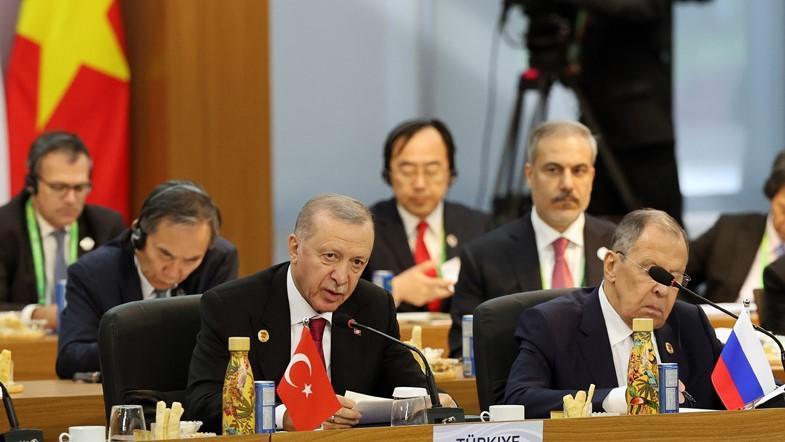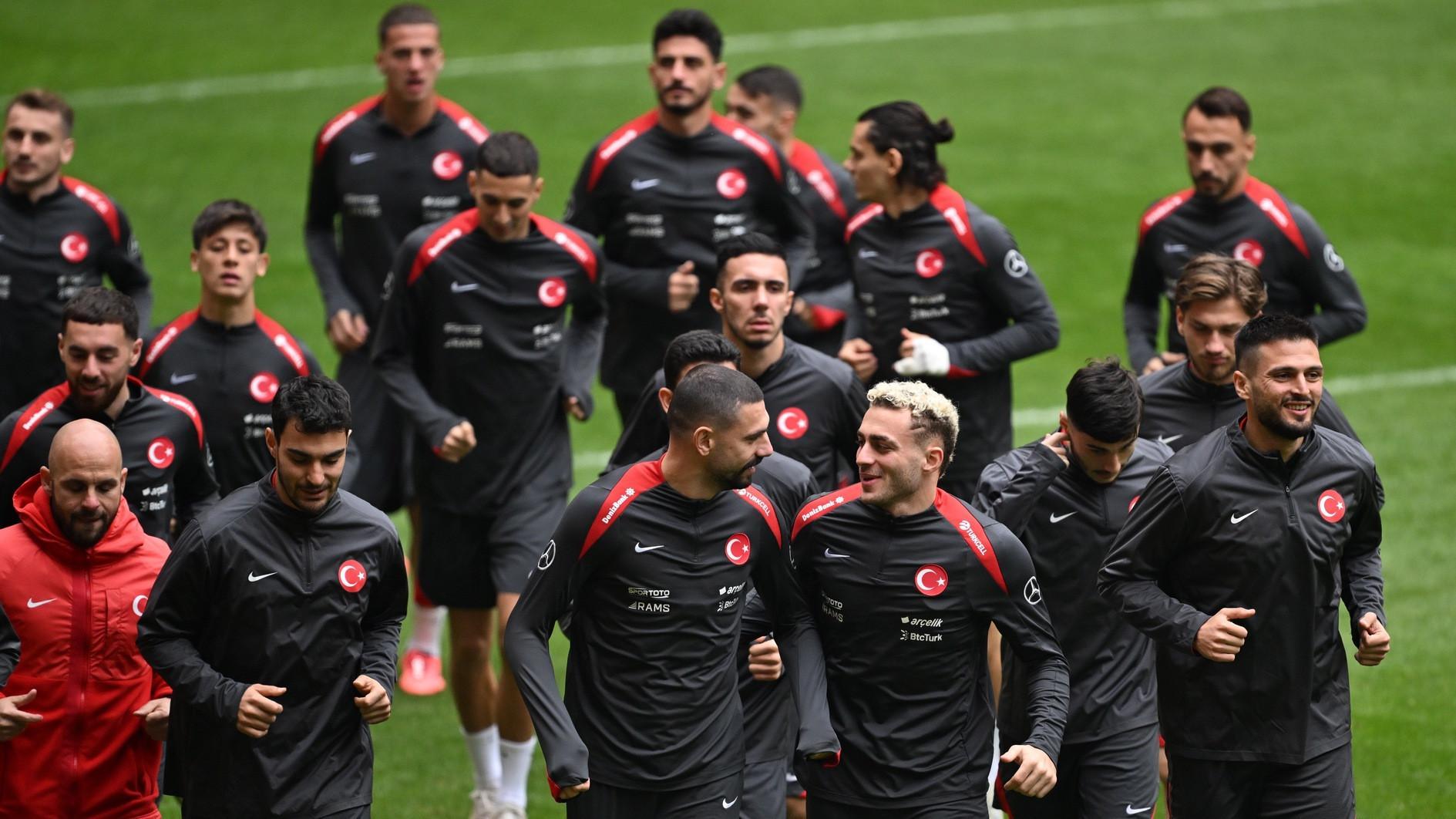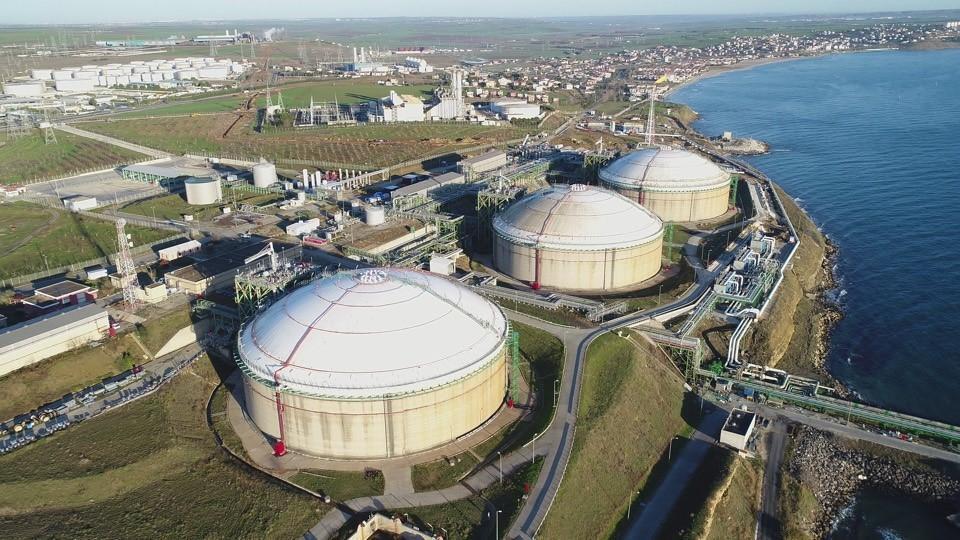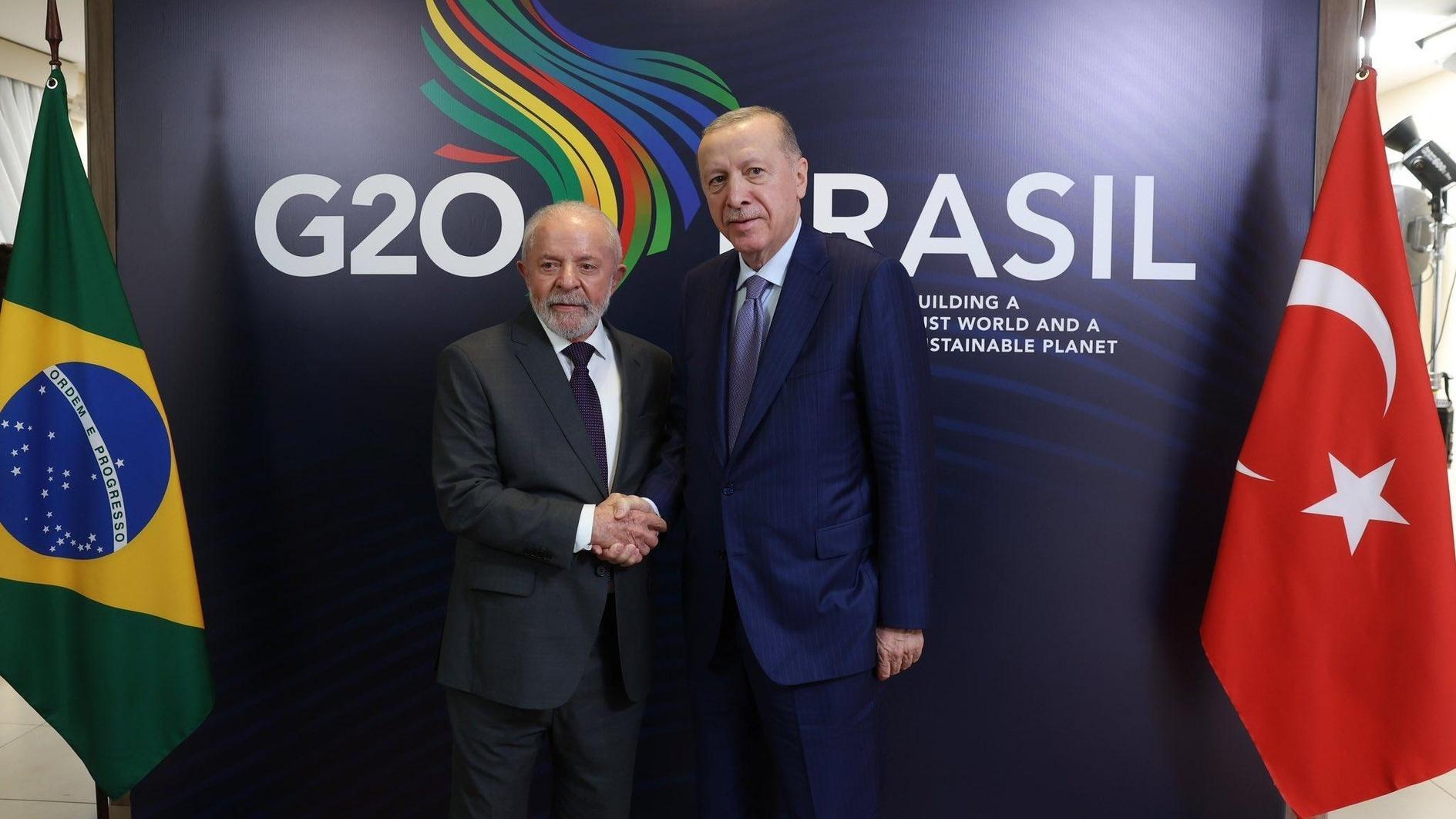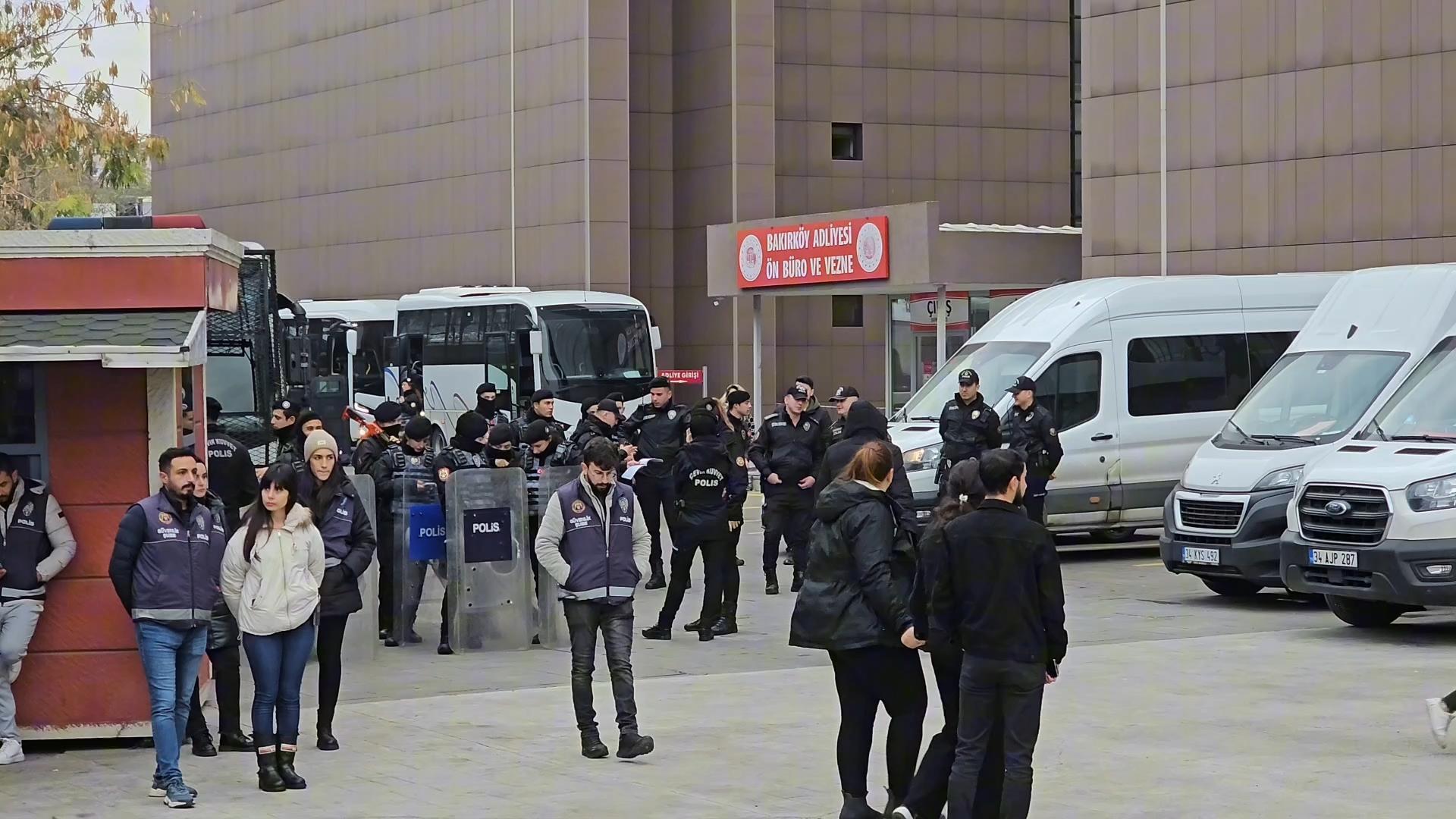Secret Turk heroes of Zeugma Mosaic Museum
Gaziantep - Anatolia News Agency
The world’s largest mosaic museum, the Zeugma Mosaic Museum, which recently opened in the southeastern province of Gaziantep, is displaying mosaics that have been unearthed during excavations in the ancient city of Zeugma and surrounding Gaziantep. The mosaics on viewhave been restored by a Turkish team.The restoration of nearly 2,500 square meters of mosaics that are being displayed at the world’s largest mosaic museum, Zeugma Mosaic Museum in the southwestern province of Gaziantep, have been carried out by a Turkish team.
The 50-person team, headed by Art Restoration Director Celalettin Küçük, restored 140 square meters of wall paintings, four fountains from the Roman period, 20 columns, four limestone sculptures, a bronze Mars sculpture, funerary steles, tombs, architectural pieces and 2,453 square meters of mosaics.
The first surface survey started in 1931 in the Zeugma archaeological area and excavations have continued since 1971 by the Gaziantep Museum Directorate and other teams, Küçük told the Anatolia news agency. Küçük said excavations had become a focus of interest in the world thanks to twin villas, wall paintings and the Mars sculpture that were unearthed in 2000.
“We joined excavations in May 2000,” Küçük said. “By June 26, experts saved hundreds of square meters of mosaics, columns, fountains and small objects from the water of the Birecik Dam. Now the total area of mosaics that has been carried to the museum from the ancient city of Zeugma is about 870 square meters. There are also the ones that we have brought from Gaziantep and its vicinity.” Works were close to an end, according to Küçük, and when the project was completed, approximately 2,500 square meters of mosaics would be displayed at the museum.
He said a restoration laboratory was established in the additional building of the Zeugma Mosaic Museum and 50 graduates of restoration departments of universities joined the excavation and restoration project.
Using regional workers and materials
“Most of the team members are from Gaziantep,” Küçük said. “When we are working in a region, we try to employ people from the region. This is an expert team that has worked for big projects in various parts of the country. We also have carried out the restoration of the tiles in all mosques in the Central Anatolian province of Konya as well as the restoration of a mosque in Bulgaria, which was the biggest restoration project that Turkey carried out abroad.”
Küçük said their work in Gaziantep actually set a world record, “because we restored 1,500 square meters of mosaics in a very short time, like one year. It takes about 10 years in the world. Everyone in this sector dreams of restoring Zeugma mosaics.”
Mosaic restoration was a very hard job, Küçük said. “We use the same method that was used by antique period masters. Each material that we use in all restorations is recycled material. The soil mixture that we use is the same as the one used in ancient times. We don’t use modern materials. We use this region’s soil, lime and stone in restoration.”
Küçük said they had rented two houses for team members in the city during the restoration work and they had created a magnificent work


